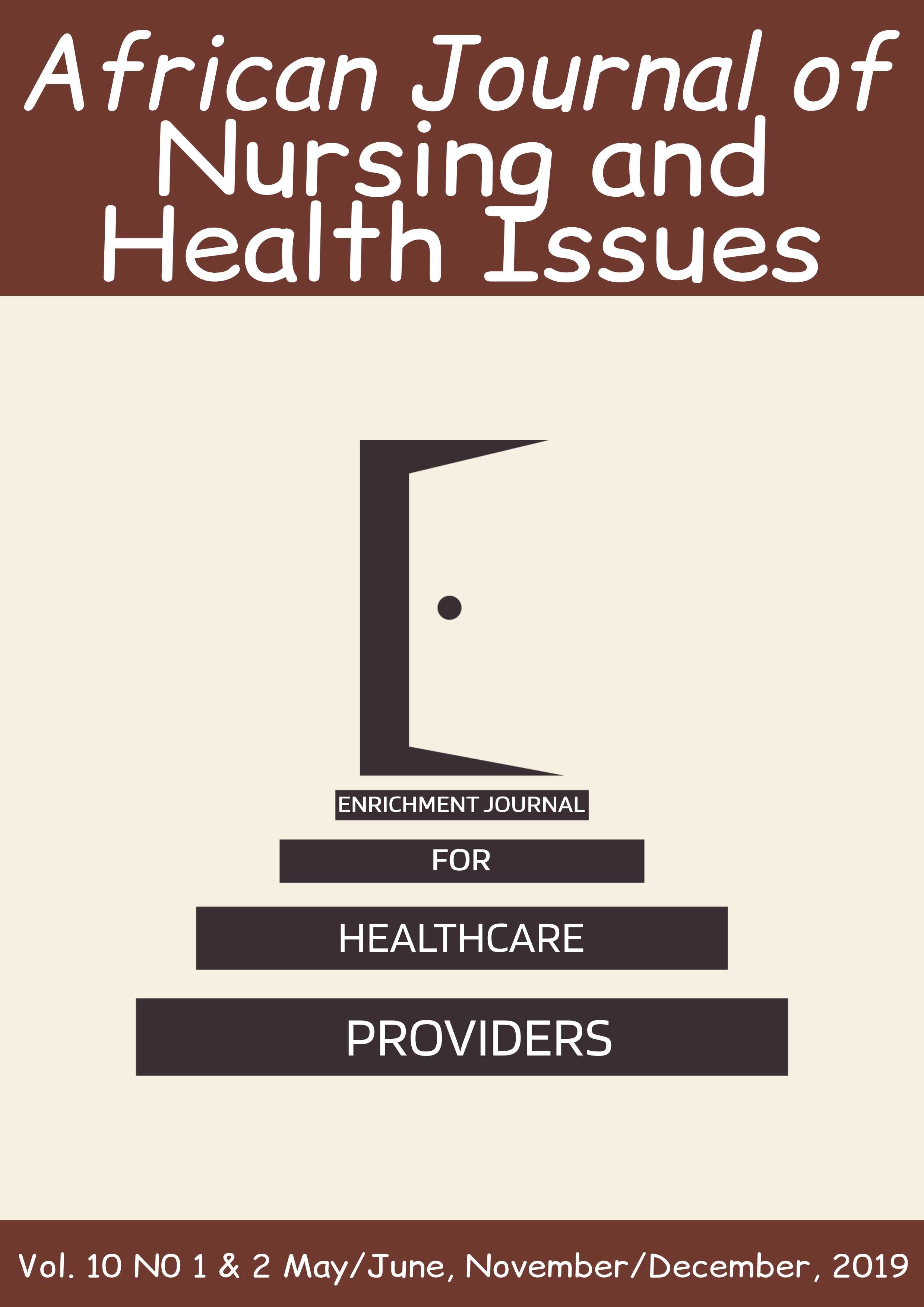
REDUCTION OF ADOLESCENT PREGNANCY IN NIGERIA: THE CHALLENGES AND MIDWIVES ROLES
Adolescence represents a key stage in development and a critical opportunity for ensuring a successful transition to adulthood. Adolescent pregnancy is a global health problem with a high prevalence in developing countries. It is a primary cause for concern as a result of its contribution to a higher maternal and perinatal mortality rate. Globally, about 16 million women 15–19 years old give birth each year, accounting for about 11% of births worldwide. Early childbearing is high in Nigeria, with 11% of female adolescents aged 15–19 giving birth each year. Adolescent pregnancy and birth are considered risky, and adolescent birth is deemed an indicator of reproductive health politics. The high rate of adolescent pregnancy in developing countries has been attributed to several factors among which are inefficient stakeholders, absence of laws and policies, lack of reproductive health services and sexual violence are rampant. Pregnant adolescents are physically and mentally immature for the task of motherhood and experience health, economic, and social consequences that have a negative impact on future attainment. Regardless of the cause and negative consequences, the role of midwives in reducing adolescent pregnancy is paramount. This paper therefore proposes midwives roles in reducing the challenges faced with adolescent pregnancy in Nigeria.
